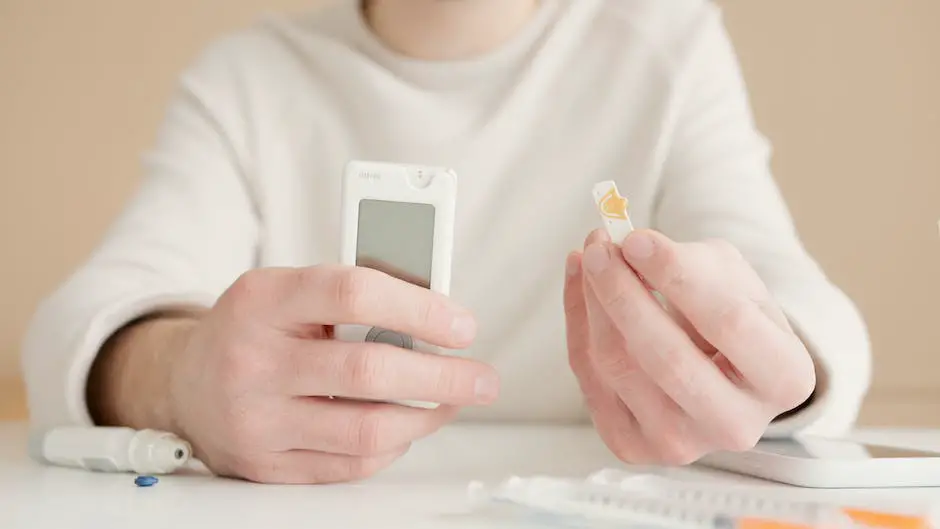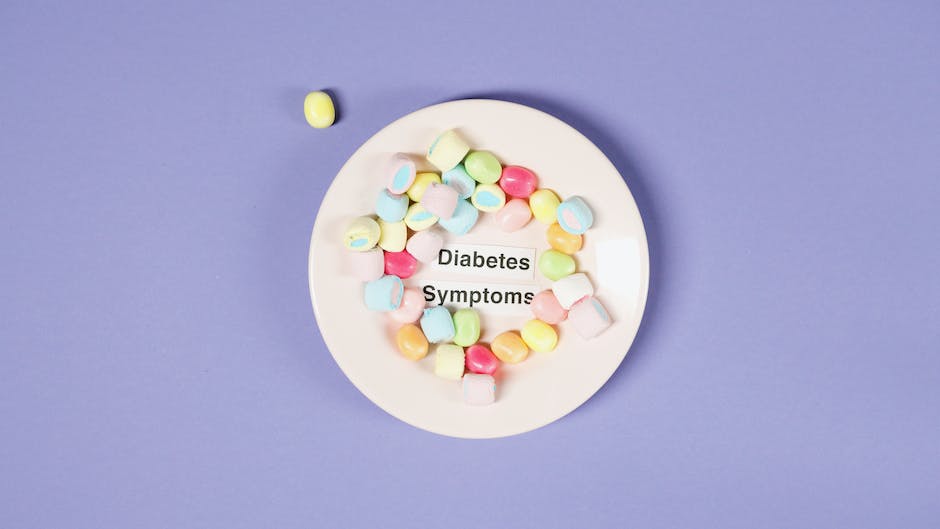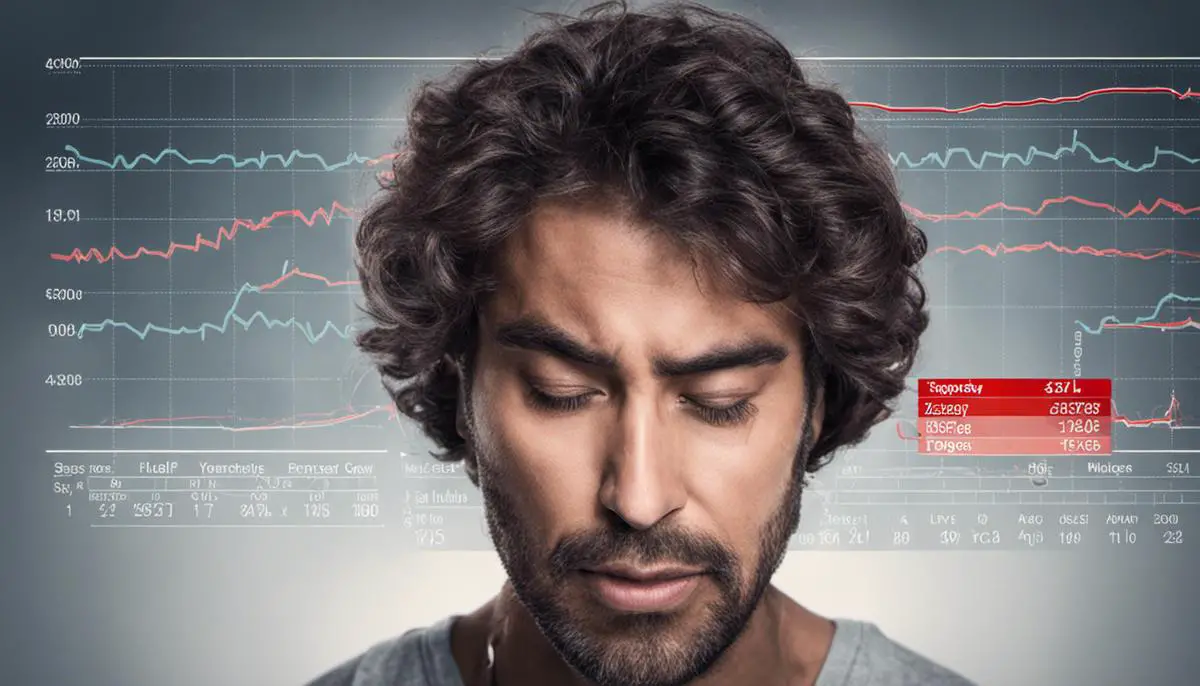Hypoglycemia, or low blood sugar, is a condition that arises from an imbalance in the body’s ability to regulate blood glucose levels. It is often associated with diabetes, but it doesn’t solely impact those who have this chronic disease. There are two primary types of this condition – reactive and non-reactive – each triggered by various causes and possessing different risk factors. Whether you’re a patient at-risk of hypoglycemia or an individual who may encounter someone experiencing a hypoglycemic attack, understanding its early symptoms, knowing immediate response protocols, and familiarizing oneself with long-term management strategies can be lifesaving. This article is set to explore and explain these topics in detail, aiming to foster prevention, safer emergencies handling, and improved health outcomes.
Overview of Hypoglycemia
Understanding Hypoglycemia
Hypoglycemia is a condition that occurs when your blood glucose (sugar) level is lower than normal. Blood sugar is your body’s main source of energy, and when it drops too low, it can interfere with your body’s ability to function normally. Hypoglycemia is often associated with the treatment of diabetes. However, a variety of other conditions — some rare — can cause low blood sugar in people without diabetes.
Glucose, which comes from the food we eat, is the main source of energy for the cells of our body. The absorption of glucose by cells is regulated by a hormone called insulin, produced by the pancreas. When the body doesn’t produce enough insulin or the cells become resistant to insulin, glucose can’t enter the cells and stays in the bloodstream, causing high blood sugar (hyperglycemia). In contrast, hypoglycemia happens when the level of glucose in the blood falls too low.
Types of Hypoglycemia
Hypoglycemia can be categorized as reactive or non-reactive, each with different causes. Reactive hypoglycemia, or postprandial hypoglycemia, occurs within a few hours after a meal. Non-reactive hypoglycemia, also known as fasting hypoglycemia, can occur after fasting or between meals. Certain medications, excessive alcohol, certain critical illnesses, or a deficiency in hormones such as insulin can cause non-reactive hypoglycemia.
Common Causes and Risk Factors
The most common cause of hypoglycemia is medications used to treat diabetes. Indeed, these drugs may cause the level of glucose in the blood to drop too much. The risk of hypoglycemia increases in diabetic patients who skip meals, don’t eat enough, exercise very hard, or drink alcohol on an empty stomach. Other causes of hypoglycemia include certain medications (like quinine), some medical conditions (such as severe hepatitis or kidney disorders), hormone deficiencies, and excessive alcohol consumption. Your risk for hypoglycemia depends on your age, lifestyle, and overall health.
Symptoms of A Hypoglycemic Attack
Hypoglycemic attacks, a result of low blood sugar, can exhibit a variety of symptoms such as feelings of hunger, unsteadiness, giddiness, disorientation, difficulty in articulation, sensations of nervousness or feebleness, and perspiration. In some instances, individuals may experience additional symptoms like abnormal heart rhythm, tiredness, pale complexion, impaired vision, and headaches. In extreme cases, hypoglycemia can progress to seizures or fainting and consequently necessitate urgent medical care.
Recognizing the symptoms of hypoglycemia is crucial for timely identification and management of a hypoglycemic attack. Immediate actions like consuming a small portion of high-sugar food can curb the severity of the symptoms and prevent complications. This knowledge is particularly crucial for individuals with diabetes who need to routinely check their blood sugar levels, and maintain an adequate dietary regimen. If hypoglycemia becomes a recurring issue, it’s advisable to seek professional medical advice for accurate diagnosis and treatment.

Early Symptoms of Hypoglycemic Attack
Physical Manifestations of a Hypoglycemic Attack
Low blood sugar or a hypoglycemic attack may showcase several physical signs such as profuse sweating and uncontrollable trembling. These are the body’s first natural reactions to a significant decline in blood sugar levels. They serve the purpose of alerting one to the need for immediate consumption of foods or beverages rich in glucose, to restore the blood sugar balance.
A sudden feeling of lightheadedness is a common manifestation of hypoglycemia, often accompanied by a pulsating headache and blurry vision, which result from insufficient glucose supply to the brain. It highlights the necessity of rigorous supervision of your blood sugar levels to prevent recurrence of such distressing symptoms.
The body may signal its need for more glucose, an essential energy source, by triggering sudden hunger, regardless of the most recent meal consumption. Understanding and responding to these body signals is critical to prevent the severity of a hypoglycemic episode from worsening.
A symptom of hypoglycemia may also be tachycardia, wherein the heart beats faster than usual. This is the body’s fight-or-flight response to low blood sugar, which it perceives as a crisis. In these situations, it’s essential to manage your heart rate and also address the underlying cause of the hypoglycemia.
Behavioral Symptoms and Mood Changes in Hypoglycemia
In addition to physical symptoms, hypoglycemia also induces some behavioral symptoms and mood changes. One might experience anxiety or nervousness, manifestations of the body’s stress response to low blood sugar. Some people may feel irritated or angry without any apparent reason. Moreover, a person in the midst of a hypoglycemic attack might exhibit confusion or difficulty in speaking.
The Importance of Swiftly Identifying Hypoglycemia Symptoms
Spotting key signs of hypoglycemia rapidly is vital to efficiently managing this health issue. These signs don’t only alert an individual to falling blood sugar levels but also provide insights into their overall blood sugar management. Taking swift action when these symptoms start appearing can prevent serious hypoglycemic incidents and subsequent complications. Ignoring these symptoms might lead to severe consequences such as fainting, seizures, or even coma. Therefore, it becomes particularly necessary to comprehend and keep track of these physical or psychological symptoms and take immediate remedial actions. Such understanding will enable you to control your blood sugar levels in a better manner, effectively managing hypoglycemia, and paving the path for improved health.

Safety Measures and Immediate Responses
Recognizing the Signs of a Hypoglycemic Attack
Hypoglycemia, or low blood sugar, develops when your blood sugar dips below standard levels. This condition is common among people with diabetes who take insulin-elevating medications but can occur in people without diabetes too. Usually noticeable signs of hypoglycemia encompass feelings of weakness, excessive sweating, nervousness, shakiness, dizziness, and intense hunger. There may also be visible changes such as pallor, a tingling sensation around the mouth, and blurry vision. If low blood sugar levels persist for an extended period, it could lead to serious issues like seizures, unconsciousness, and may even become a life-threatening situation.
Basic Aid For Hypoglycemic Attack
When an individual is having a hypoglycemic attack, the immediate response would be to elevate blood sugar levels. This can be achieved by consuming a fast-acting source of glucose. A quick source of sugar might include foods or drinks high in sugar such as fruit juice, hard candies, or glucose tablets. An alternative could be honey or a regular (not diet) soft drink. The American Diabetes Association recommends consuming 15 grams of glucose or simple carbohydrates, and then re-checking your blood sugar levels after 15 minutes. If, after this time, blood glucose is still under 70 mg/dL, further ingestion of glucose should be pursued. If symptoms do not improve promptly, or if they reoccur, medical attention must be sought immediately.
When To Seek Medical Help
If the individual doesn’t regain consciousness within a few minutes after taking a quick source of sugar, it’s necessary to seek immediate professional healthcare assistance. Other scenarios requiring medical help include persistent or frequent episodes of hypoglycemia, difficulty in raising the blood sugar levels, experiencing hypoglycemic symptoms even with normal or high blood sugar levels, or if glucose ingestion is not possible due to the individual’s state of consciousness.
Understanding Hypoglycemia Prevention Strategies
Averting recurrent hypoglycemic attacks requires induction of specific preventive measures. These might involve adjusting the dosages of your diabetes medication. The incorporation of a balanced diet and eating regularly throughout the day can help maintain steady blood sugar levels. Routine blood glucose self-monitoring is particularly crucial for those living with diabetes. Getting professional healthcare advice regarding the optimal timing for medication intake and how different activities or foods affect your blood sugar levels can aid in mitigating future attack instances. Engaging in regular physical activity, ensuring sufficient sleep, and managing stress levels also play significant roles in maintaining stable blood glucose levels.

Long-Term Management and Prevention
Implementing Lifestyle Adjustments to Avoid Hypoglycemic Attacks
Deploying several proactive measures can help in thwarting future incidences of hypoglycemic attacks. Notably, making lifestyle changes that primarily revolve around modifications in diet and exercise regimens can be hugely beneficial.
Sticking to a diabetic-friendly diet is crucial in controlling blood sugar levels and staving off hypoglycemic episodes. This strategy includes consuming a varied selection of nutrients in moderated servings and spread out evenly throughout the day. Prioritizing foods with a low glycemic index, such as whole grains, fruits, legumes, and lean proteins, can be beneficial, as this can help avoid sudden spikes in blood glucose levels.
Physical activity has an equal bearing on preventing hypoglycemia. Regular exercise amps up the body’s insulin utilization efficiency, potentially reducing blood sugar levels. However, overexertion must be avoided, as it may result in a rapid decrease in blood glucose levels. As such, it’s imperative that those with diabetes attentively track their blood sugar levels pre, intra, and post workouts.
Stress Management and Medications
Stress management also plays a significant role in preventing hypoglycemic attacks. Both physical and emotional stress can cause blood sugar to rise. Techniques such as deep breathing, yoga, meditation, or engaging in a favorite hobby can all serve as effective stress relievers.
Medications are also critical in the management of diabetes and prevention of hypoglycemia. These can include insulin and oral diabetes medication, among others. In order to prevent hypoglycemic episodes, it is essential to take these medications as prescribed by a healthcare professional.
In addition to these measures, consistent follow-up care is necessary. Regular check-ups with healthcare providers can ensure that blood glucose levels are being appropriately monitored and managed. They can also adjust the treatment plan as needed.
The Importance of Regular Monitoring
One of the most valuable tools in preventing hypoglycemic attacks is regular monitoring of blood sugar levels. Regular blood glucose testing helps to establish patterns and identify when blood sugar is likely to be high or low, thus facilitating more effective management.
Continuous glucose monitors (CGMs) can be particularly beneficial. CGMs provide real-time glucose readings and display trends in glucose levels. This information can provide valuable data for adjusting medications, meal planning, and physical activity. They can also alert the user to potentially dangerous drops in blood sugar, helping to avert a hypoglycemic crisis.
In conclusion, prevention of hypoglycemic attacks involves a multitude of factors – from lifestyle adjustments to regular blood sugar monitoring. It is important to understand that each person is unique, and an approach that works for one may not work for all. For this reason, it is imperative that any preventive program be tailored to the individual’s unique needs, under the guidance of a knowledgeable healthcare professional.

As we’ve navigated through the complexities of hypoglycemia, we understand that awareness is the first step towards prevention and management. Recognizing early symptoms such as sweating, shaking, or mood swings can prompt timely intervention, thereby minimizing the possibility of severe complications. Immediate responses such as consuming fast-acting sugar sources and understanding when it’s necessary to seek professional medical help are crucial. Yet, managing hypoglycemia isn’t only about tackling the attacks. It also involves adapting long-term lifestyle changes, including consistent blood glucose monitoring, adhering to diabetic-friendly diets, regular exercise, stress management, and necessary medication. With the right knowledge and action, it’s entirely possible to lead a healthier and risk-reduced life despite hypoglycemia.
